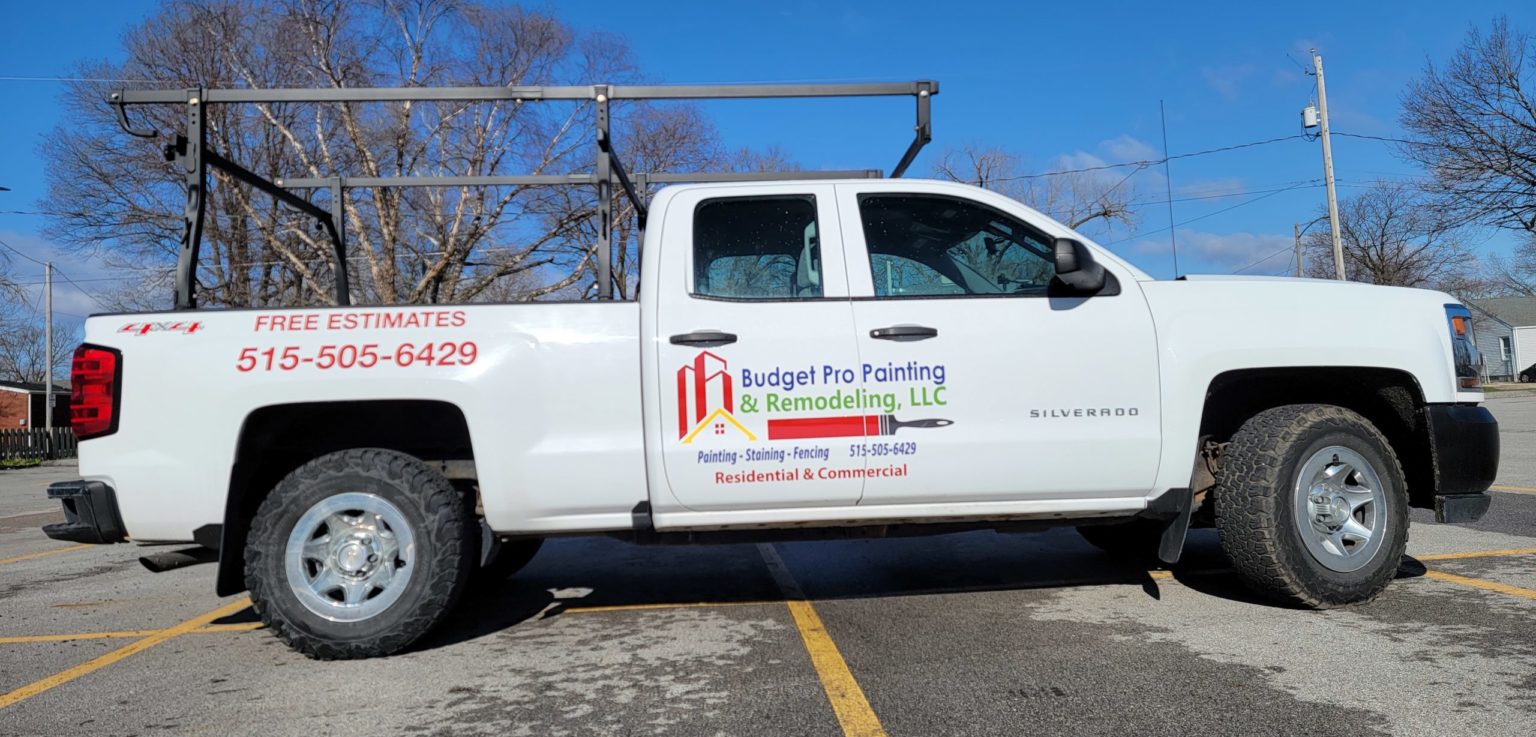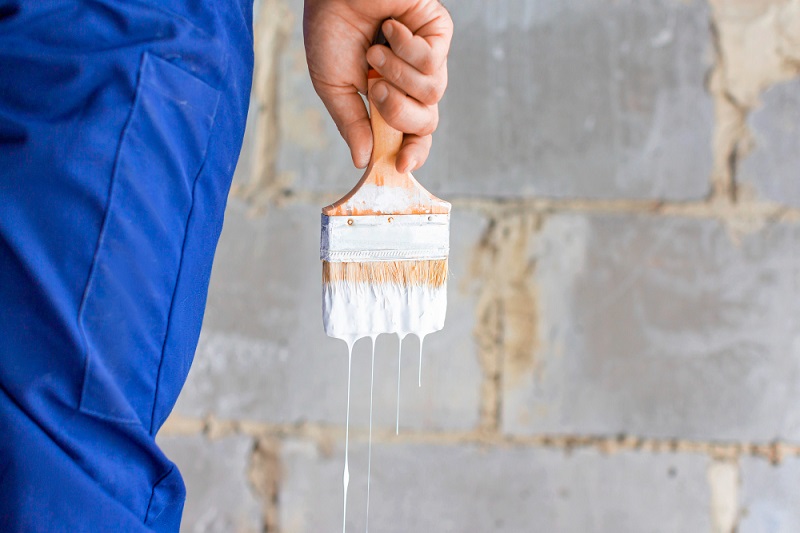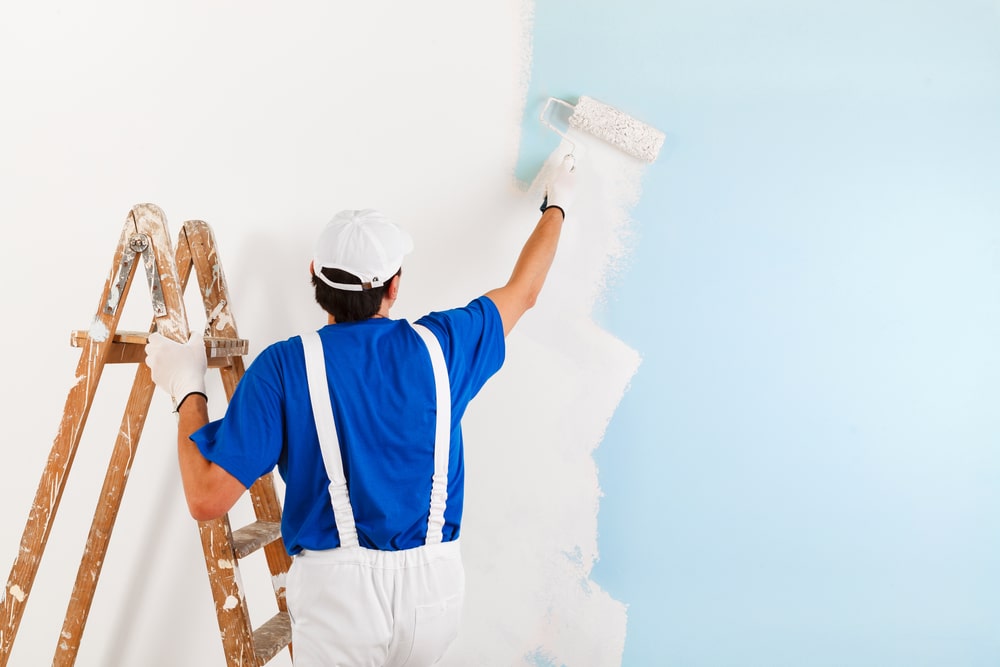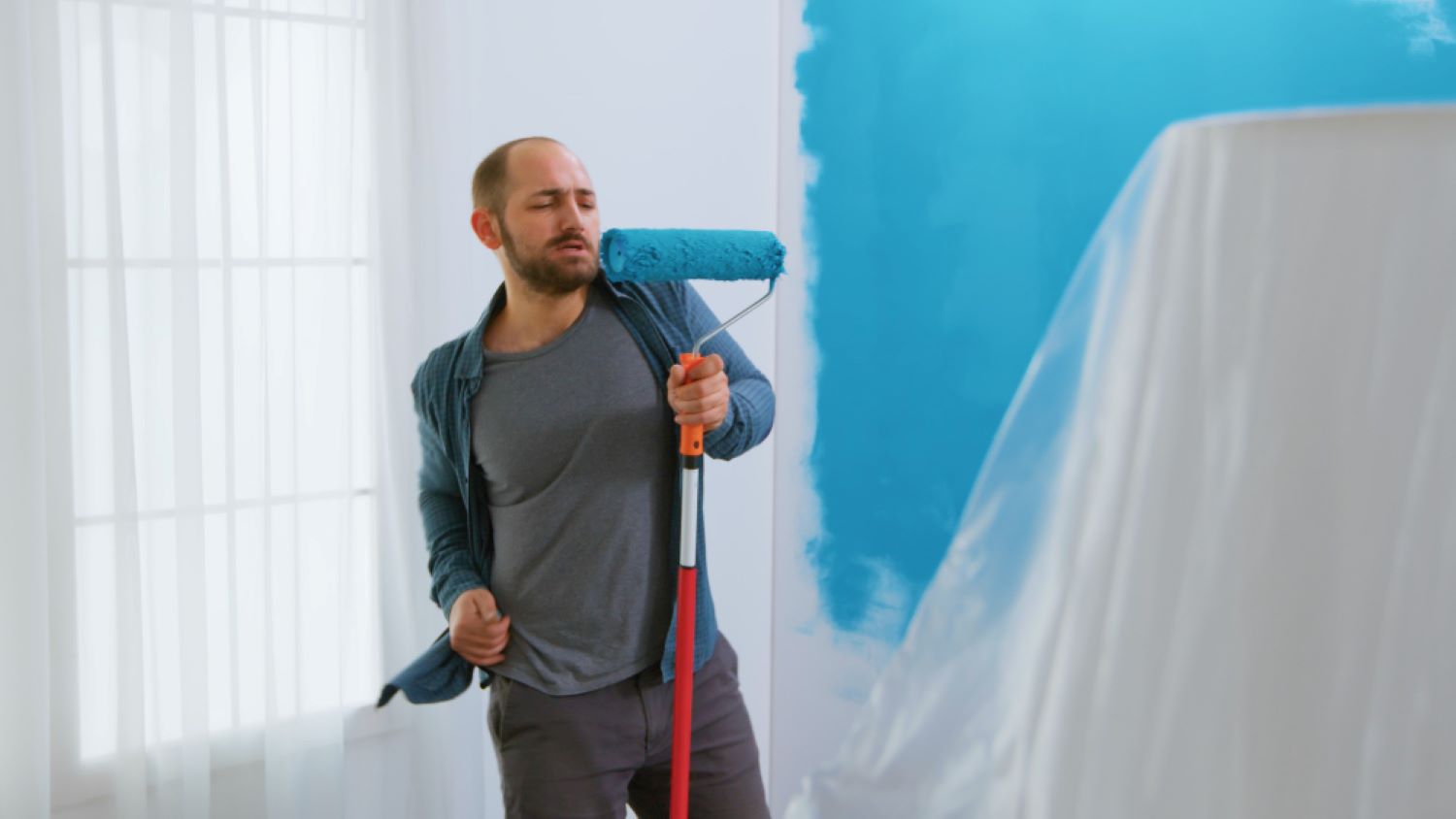Your home is more than just a place to live—it’s a reflection of you. But as the seasons pass and the years roll on, even the most beautiful homes begin to show signs of wear. So, is the outside of your home showing its age? If peeling paint, faded colors, or water stains have crept into view, it might be time to consider a fresh coat of paint. Exterior painting isn’t just about aesthetics—it’s a powerful tool for protecting, preserving, and enhancing the value of your property.
Exterior Painting: A Smart Investment in Curb Appeal
When someone drives by or steps onto your property, the first thing they notice is your home’s exterior. If the paint is chipping or discolored, it can leave a poor impression, even if the interior is pristine.
Why First Impressions Matter
Real estate professionals often emphasize the importance of curb appeal for a reason. A freshly painted home exterior can dramatically improve first impressions, creating a welcoming vibe that boosts perceived value.
The Psychology of Color and Style
Colors influence emotions and perceptions. Cool grays, earthy greens, and crisp whites can modernize a tired façade. A professional exterior painting job ensures that these colors are applied evenly and cleanly, offering instant style and sophistication.
Signs That the Outside of Your Home Is Showing Its Age
Before diving into solutions, let’s look at some telltale signs your home might need attention.
- Faded or dull paint from prolonged sun exposure
- Peeling or bubbling paint indicating moisture intrusion
- Cracked caulking or gaps along siding or trim
- Mold or mildew spots due to excess humidity
- Wood rot around windows, doors, or eaves
- Stains or streaks from rust or water runoff
If you’ve noticed any of these, exterior painting isn’t just a cosmetic fix—it’s a necessary maintenance task.
How Exterior Painting Protects Your Home
One of the most overlooked benefits of painting your home’s exterior is its protective power.
Barrier Against the Elements
Exterior paint acts as a shield against sun, rain, snow, and wind. Quality paint and proper application prevent moisture from seeping into wood and other materials, helping to prevent rot and deterioration.
Pest Prevention
Cracks in old paint or exposed wood are invitations for pests. A fresh layer of exterior paint seals these vulnerable spots, discouraging insects and critters from settling in.
The Value-Boosting Power of Paint
Did you know that painting your home’s exterior can increase its market value by as much as 2-5%? It’s one of the most cost-effective upgrades you can make.
Higher Resale Price
Homes with updated exteriors are more appealing to buyers. They signal that the property has been well-maintained, which translates into fewer surprises for the new owner.
Faster Sales Process
A home that looks polished on the outside often sells faster than one that appears neglected. A professional paint job can make all the difference during showings and open houses.
Timing: When Should You Repaint Your Exterior?
Every home is different, but a general rule of thumb is to repaint every 5 to 10 years, depending on materials and climate.
What Impacts Paint Longevity?
- Climate: Harsh sun, snow, or salty air accelerates wear
- Siding Type: Wood requires more frequent repainting than vinyl or brick
- Paint Quality: Premium paints last longer and resist fading
A yearly inspection can help you identify early signs of aging and avoid costly repairs later on.
DIY vs. Professional Exterior Painting
It may be tempting to grab a brush and tackle the project yourself. But is it worth the risk?
Challenges of DIY
- Requires ladders, sprayers, and safety gear
- Time-consuming and physically demanding
- Inconsistent results without experience
Benefits of Hiring a Pro
- Expert surface preparation
- Even application with high-quality tools
- Warranty-backed results
- Time saved for homeowners
In short, professional exterior painting provides peace of mind and superior outcomes.
Choosing the Right Paint for Your Home
Not all paints are created equal, especially when it comes to exteriors.
Acrylic vs. Oil-Based Paint
- Acrylic latex is flexible, durable, and environmentally friendly.
- Oil-based paint is excellent for sealing and moisture resistance but takes longer to dry.
Sheen Matters
- Flat finishes hide imperfections but are harder to clean.
- Satin and semi-gloss finishes offer more durability and are easier to maintain.
A professional can guide you through choosing the right formulation and finish for your specific needs.
Prepping Your Home for Exterior Painting
Preparation is key to a long-lasting paint job.
Steps Involved
- Pressure washing to remove dirt, grime, and mold
- Scraping and sanding to eliminate peeling paint
- Repairing damage like wood rot or holes
- Caulking gaps around windows and trim
- Priming bare wood or stains
Skipping these steps can shorten the lifespan of your paint, leading to premature failure.
Sustainability and Exterior Painting
Eco-conscious homeowners are increasingly seeking green solutions. Fortunately, many paint brands now offer low-VOC (volatile organic compounds) formulas that are better for both people and the planet.
Benefits of Low-VOC Paints
- Less odor and faster drying
- Healthier indoor/outdoor air quality
- Compliant with environmental regulations
Choosing an eco-friendly paint doesn’t mean compromising on durability or color vibrancy.
Cost Breakdown: What to Expect
The cost of exterior painting depends on various factors, including:
| Factor | Estimated Impact |
|---|---|
| Size of the house | Larger homes cost more |
| Condition of surfaces | More prep = higher cost |
| Paint quality | Premium paint costs more |
| Labor rates | Vary by region and company |
While it may feel like a major investment, the return in terms of protection, appearance, and property value makes it worthwhile.
People Also Asked (FAQs)
Is the outside of your home showing its age?
Yes, if you notice faded colors, peeling paint, or visible damage, it’s a clear sign your home’s exterior needs attention through a fresh paint job.
How often should I repaint my home’s exterior?
Generally, every 5–10 years depending on your home’s materials, the climate, and the quality of the previous paint job.
Can I paint my house myself?
While possible, exterior painting requires experience, tools, and safety precautions. Hiring professionals is usually safer and more effective.
What are the best paint brands for exterior use?
Sherwin-Williams, Benjamin Moore, and Behr are highly regarded for their durability and color retention in outdoor conditions.
Does exterior painting increase home value?
Yes, it can boost property value by up to 5% and greatly enhance curb appeal.
Is eco-friendly paint effective for exteriors?
Absolutely. Low-VOC paints are just as durable and visually appealing while being better for health and the environment.





